
26 Aug Ones to Watch
SCULPTOR JOSH TOBEY IMBUES his wildlife subjects with humanistic qualities, creating a touchstone for human/animal relationships. Selected as the featured sculptor for the Jackson Hole Fall Arts Festival, he brings animals to life in his work.
His bronze piece, Jackson Symphony, depicts three coyotes howling in unison.
“Coyotes are such social animals,” Tobey says. “I’ve got some around my house and they sound off every morning and every evening. It’s like there’s a little chorus going on. It’s something I find inspiring.”
The puzzle of the piece was giving each animal a unique emotional quality.
“In working on a composition with multiple subjects, making a single piece is a challenge, giving each one its own personality,” he says. “But for me giving the animals expressions is instinctual.”
Tobey is the first sculptor in the history of the festival to be given the honor of featured artist.
“At the time the announcement was made, [Jackson] Symphony was unfinished in my studio,” Tobey says. “They needed three pieces to have a selection on which to vote. Everything that was in my studio was a possibility. I had to trust my instinct, remember and believe that each piece you do is better than the last one.”
It came down to three concepts: an elk composition, a red-tail hawk pursued by barn swallows and Jackson Symphony.
“The reason behind the title is that my uncle lives in Jackson and I go there every year around the Fourth of July,” Tobey says. “They used to have the Jackson Symphony play on the Fourth, and it was something I’ve always enjoyed about Jackson.”
Jackson Symphony began the way all of Tobey’s pieces begin: a sculpture in clay. After he’s happy with the figure, it’s sent to the foundry to be cast in bronze.
“I trust my artistic instinct and that’s what my work is about,” Tobey, a second generation sculptor, says. “I like to sculpt from memory. I think about composition, concept and design, and the abstraction of the subject. I try to do that by simply working with the piece and sculpting what feels right. When I sculpt the face I reach for anthropomorphic qualities, that, as an artist, is something I just do.”
The other unique feature to Tobey’s sculptures is the way he patinas his pieces, with a more contemporary color palette than the traditional greens, browns and blacks.
“For me, as an artist, it’s become a very important aspect of my art,” he says. “I try to create a new patina for each piece, something that fits with that sculpture. The thing about patina to me is, at its rawest level, it is discovering subtle nuances and capitalizing on it.”
Not only do his colors stand out, but his technique does as well. He applies the chemicals to the bronze while keeping the metal between 200 to 300 degrees with a torch. The heat speeds up the oxidation process and as the chemicals are applied they are bonded to the surface, creating magnificent colors and patterns. Each piece has a subtle difference, so even in the editions of the same sculpture, each one will have its own “fingerprint.”
Tobey is represented by Astoria Fine Art, in Jackson, as well as other galleries in the West. He will be showing his work this fall at the 33rd annual Buffalo Bill Art Show and Sale and the prestigious Gilcrease Museum Collector’s Reserve Exhibition.
Rob Akey
A grizzly bear. A weathered tractor. A firefighter lookout. A stucco teepee turned espresso stand. As distinct and varied as his paintings may be, artist Rob Akey’s subjects all share a common thread: Montana. From the majestic and iconic to the humorous and macabre, Akey elegantly depicts the beauty, grit and complexity that embodies the nation’s Treasure State.
A third generation Whitefish, Montana, native, Akey is intimately familiar with the beauty and harshness of the West’s diverse and varied landscape. While his eye often gravitates to what is iconic to the region, Akey is not afraid to venture off the beaten path. Blurring the lines of representational and conceptual, he embraces opportunities to go beyond the pretty picture to tell the more ordinary — yet equally extraordinary — stories of the land.
With every painting, Akey remains true to his medium and method, always painting in oils. His timeless and traditional technique employs an underpainting that hearkens back to the Renaissance era.
“Rob’s visual vernacular is truly his own,” says Bob Durden, senior curator, at the Yellowstone Art Museum. “He is able to capture the beautiful — and the not so beautiful — and say something unique about both. He pays attention to the sublime aspects of the landscape. This appeals to me — both as an observer and a curator.”
“There’s so much here in the West,” says Akey. “So many stories that need to be told — not just those of cowboys and Indians. Sometimes they’re beautiful. Sometimes they’re bittersweet. I hope it comes out in my work — I hope it’s fodder for thought.”
Akey attributes his devotion to place, in part, due to his longing to return. He left Montana twice. The first time, he left with his family — the fifth of six children — for a brief stint in California. They returned to Great Falls where his mother’s family maintained a home for three generations, three blocks from Charlie Russell’s home and studio.
The second time, Akey left to complete his degree in design and illustration from Minneapolis College of Art and Design, then to work for Tonka Toys as a designer and eventually the director of creative services. After nine years, he moved to Colorado. In 1993, he came back to Whitefish with his wife and daughter, intent on staying for good.
Akey winces at the notion of Montana being the “last best place.” “We use it in this very romantic way,” he says. “It’s sad to me to think that’s the case. I like to think of it as the first best place. Perhaps we can serve as an example to others of what could be. It’s a beautiful life, but it’s also a hard life — and it’s a life that we choose.”
Presently Akey’s works are represented at Creighton Block and Catherine Louisa Gallery. He is exploring a new body of work that he calls Roadside Attractions and that he plans to realize within the next year or two. He explains, “There is this cultural library of things that we see on the side of the road that make up ‘the scene.’ Some of these things are seen so often that they become unseen. I want to take a closer look at the unseen.”
Colt Idol
For painter Colt Idol, inspiration is everywhere — a raven on a wire, an interesting sunset, the colors on a piece of jewelry in an antique store. Dubbed “the new face of the Old West,” the 23-year-old painter is quickly emerging as one of Western arts’ hottest, up-and-coming talents.
“Growing up, all of my memories revolve around the West — hiking, fishing and camping outdoors,” he says. “When I started drawing and painting, it felt very natural to focus on the outdoors, landscapes, Indians and wildlife.”
Idol embarked on his career as a full-time artist less than four years ago. After graduating from high school, he went to Montana State University to play basketball. Before the season started, Idol tore his ACL, followed by a number of subsequent injuries. He took the semester off to recuperate and paint with his father, Dick Idol, a master sculptor and painter — and one of the best-known personalities in the outdoors and hunting world.
Idol had always done a lot of sketching. With his father’s encouragement, he started to experiment with adding color.
“Working in the studio with my dad helped me figure out what I liked,” says Idol. “It helped me to develop my distinct look and technique. A bold use of color, the dramatic use of light and high value contrast — I like to think that my style of painting is more my identification than my subject matter.”
Idol bases a lot of his work on his own photography, but he’s not interested in painting exactly what he sees. “I like putting colors in places where they aren’t supposed to be,” he says. “Green in the sky, pinks and purples on the side of the barn. I like overplaying shadow areas with color.”
While the Idols may share a similar genre of art, their style and approach to their work differs greatly.
“My dad is a walking encyclopedia of art knowledge,” say Idol. “He is very patient and meticulous. I like to think my lack of knowledge benefits us both. There are fewer rules to break, which allows him to loosen up. In return, he encourages me to slow down sometimes and learn.”
In August 2011, Colt presented his work to the Stephen Isley Gallery in Whitefish. They agreed to represent him and sold nearly all of his paintings within the first month. He took that as a sign to pursue painting full time.
“Colt is a young, gifted artist with a visionary niche that celebrates both Realism and Surrealism,” says art dealer Kevin Moore. “His vibrant color scheme brings a new dimension to a somewhat familiar genre. Most artists take a lifetime to achieve what he has accomplished in just a short span of time. He’s genuine, authentic and paints what he knows.”
Today, Colt is represented by the Dick Idol Signature Gallery in Whitefish, the Coeur d’Alene Gallery in Coeur d’Alene, Idaho and the Beartooth Gallery in Red Lodge. His work will also be used this summer to promote Crown of the Continents, an annual festival that brings together some of the world’s most talented guitarists. Limited edition prints will be auctioned off as part of the event.
- “Jackson Symphony” | Bronze | 31″ x 17″ x 17″
- American Bears, L to R: “Park City,” “Austin” and “Denver” | Bronze | 17″ x 4″ each
- “Standing Watch” | Oil | 24″ x 16″
- Artist Rob Akey
- “Memories of Grandeur” | Oil | 24″ x 36″
- “Fire and Ice” | Oil | 14″ x 11″
- Artist Colt Idol
- “Hearing the Swan Valley” | Oil | 36″ x 44″





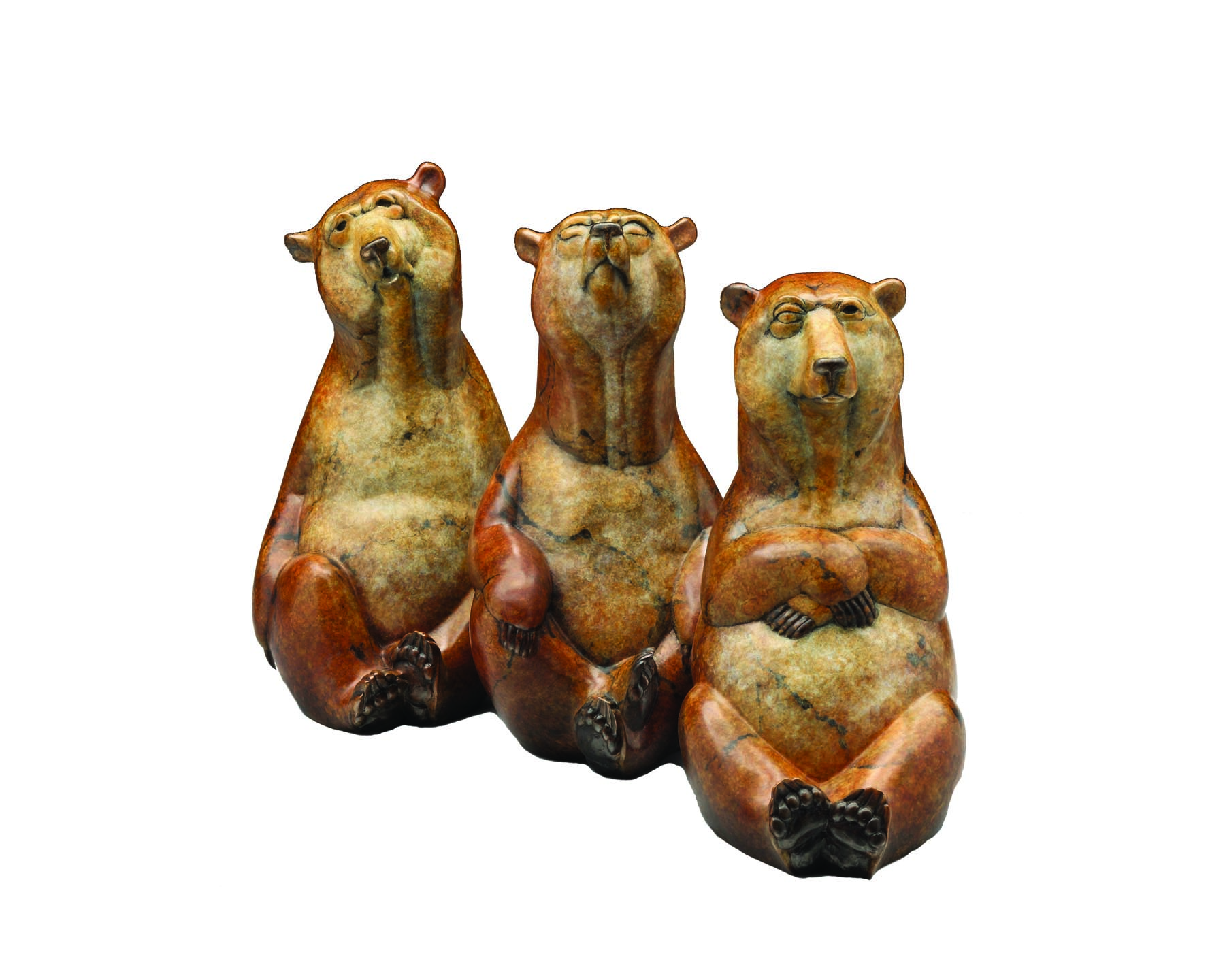
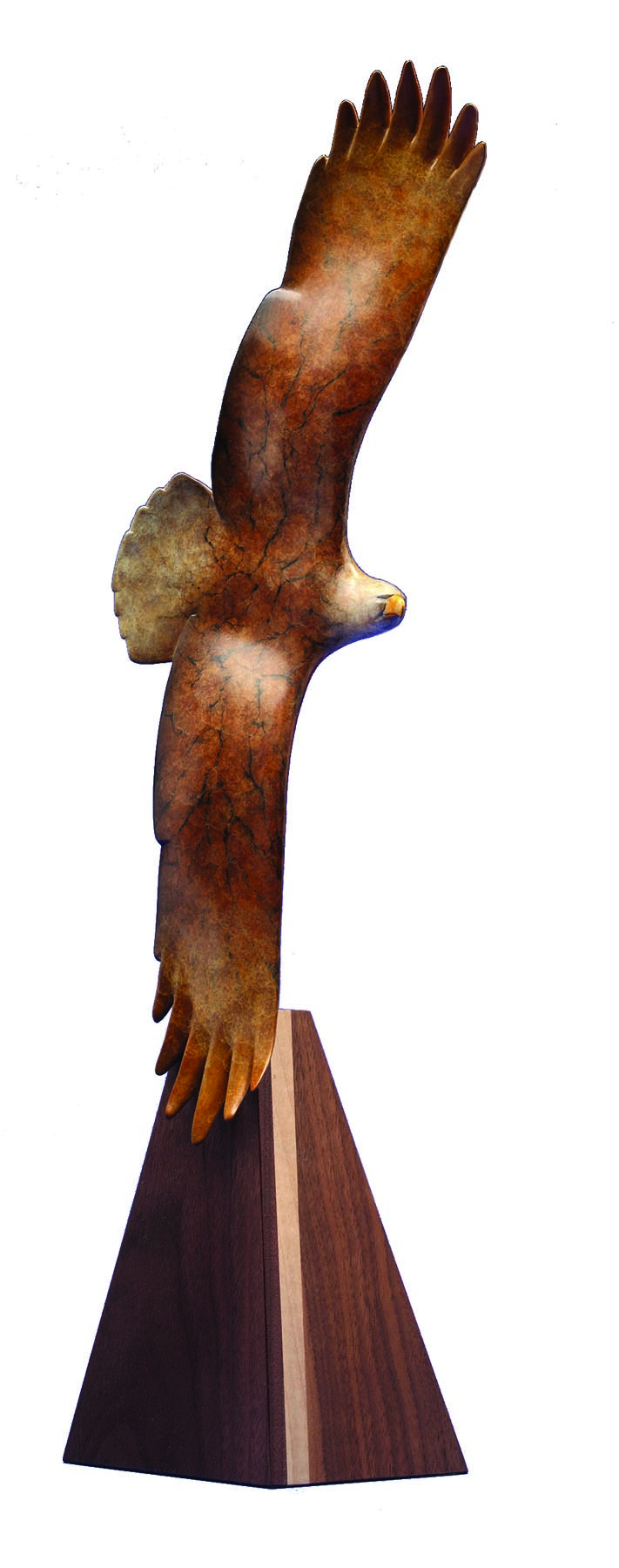
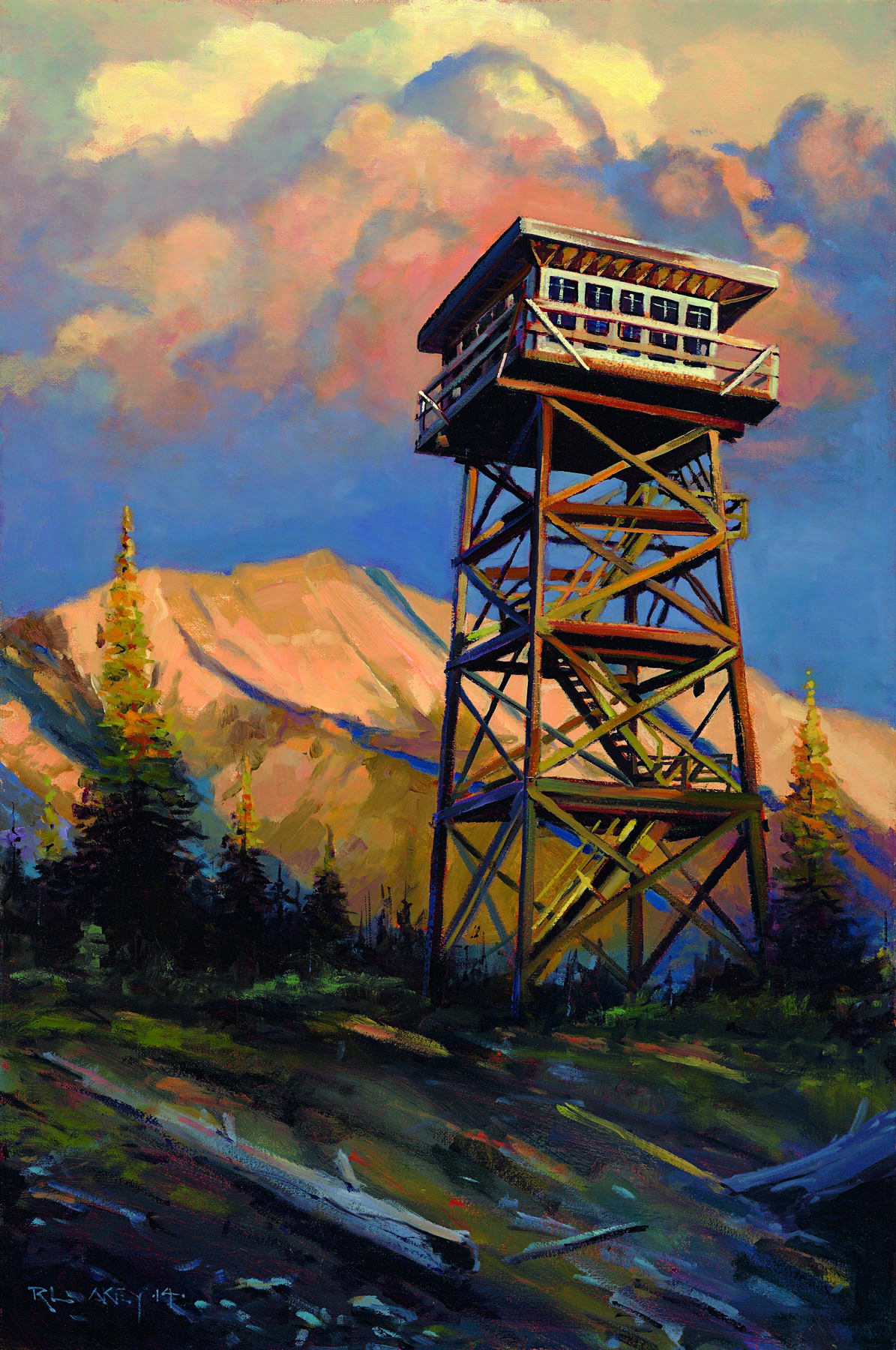
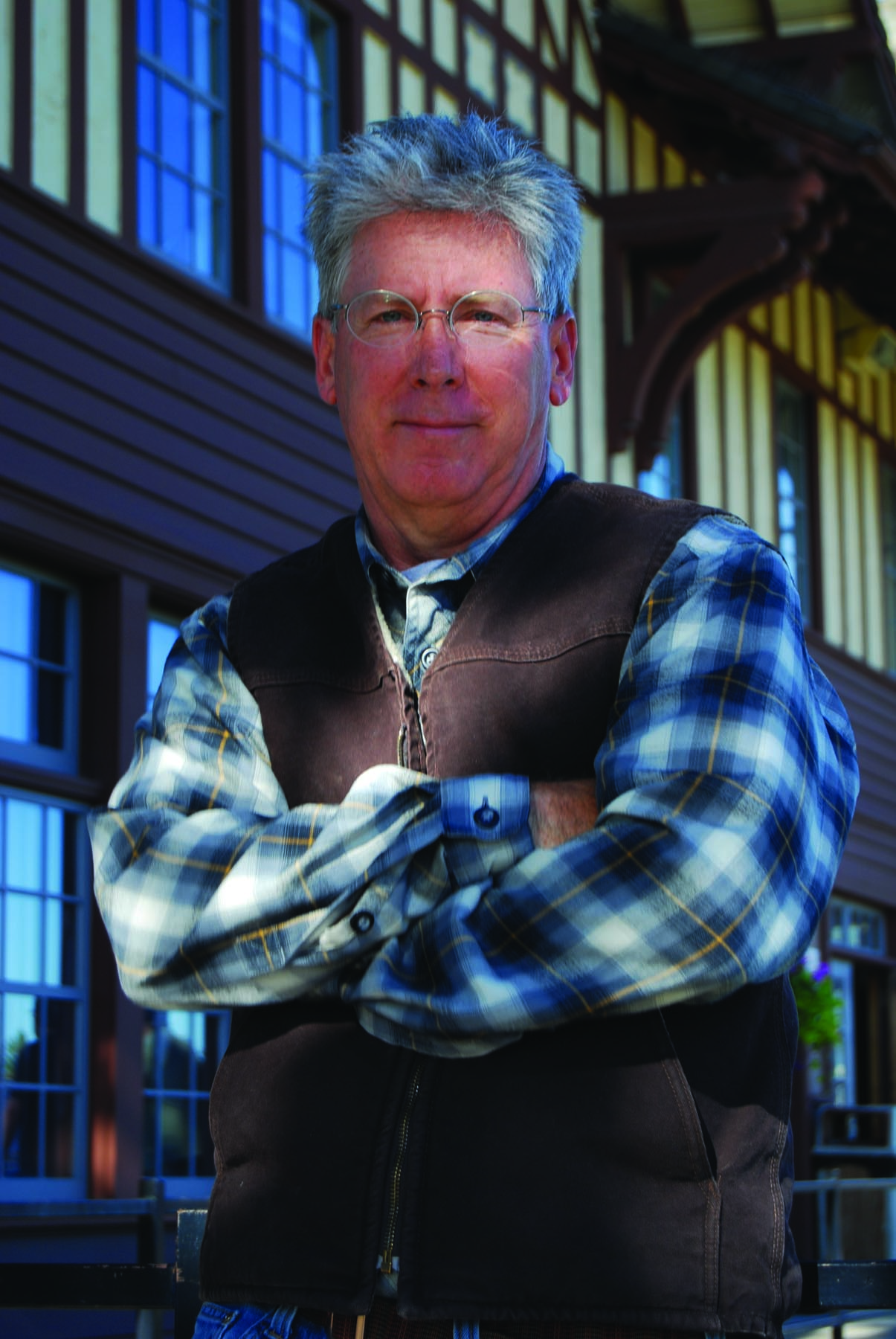
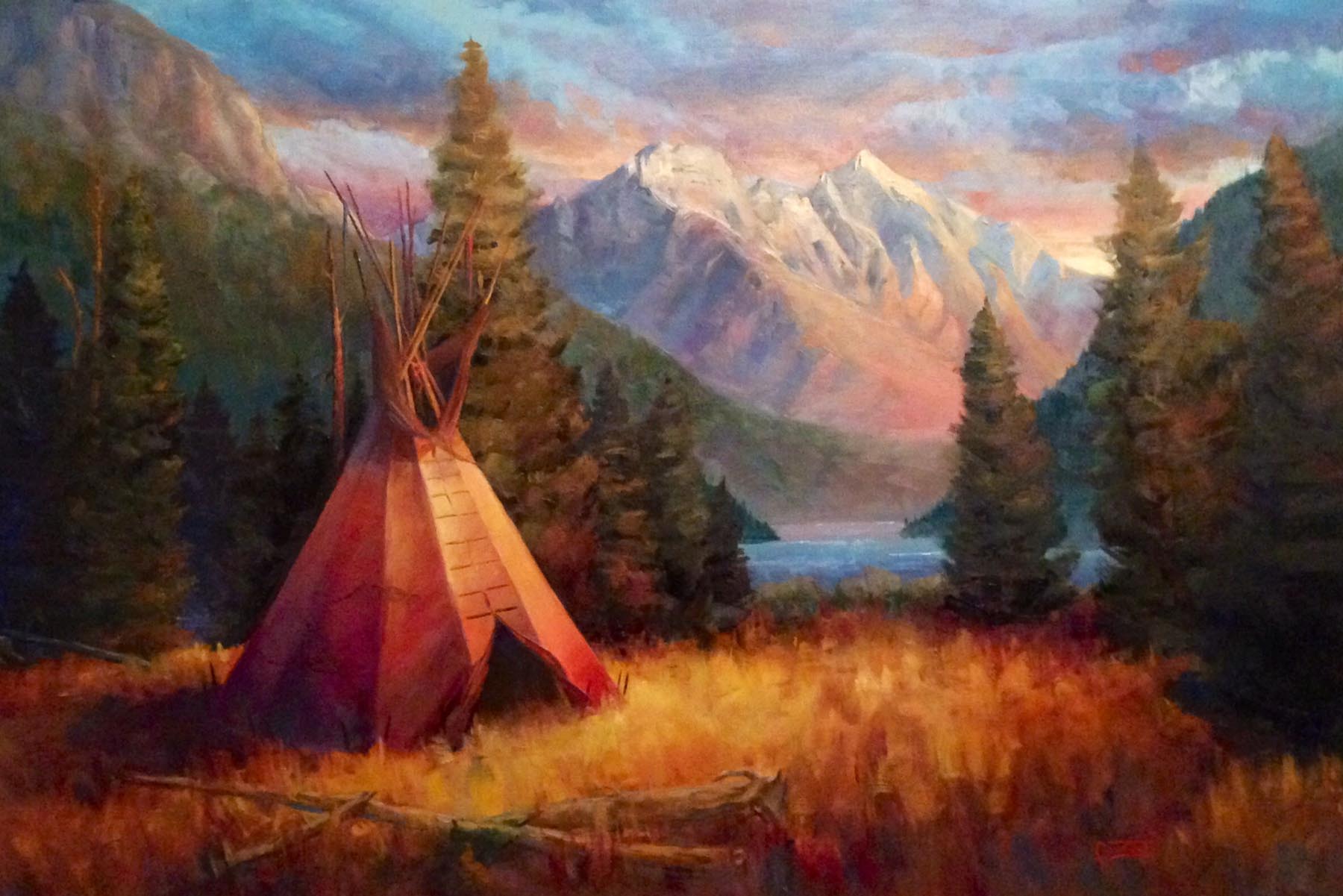



No Comments